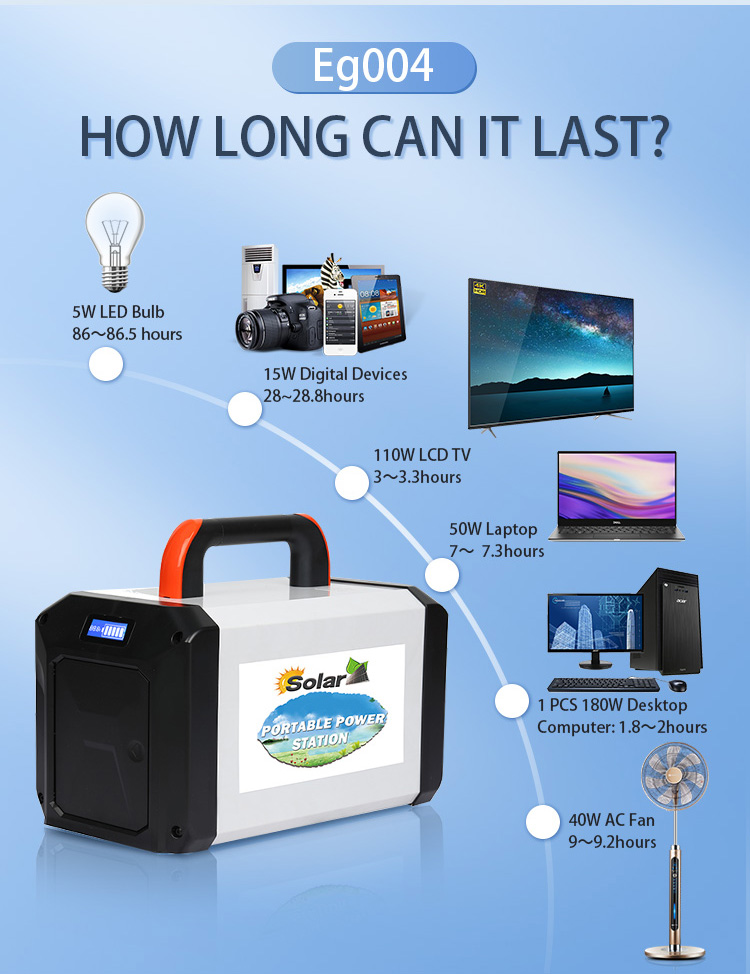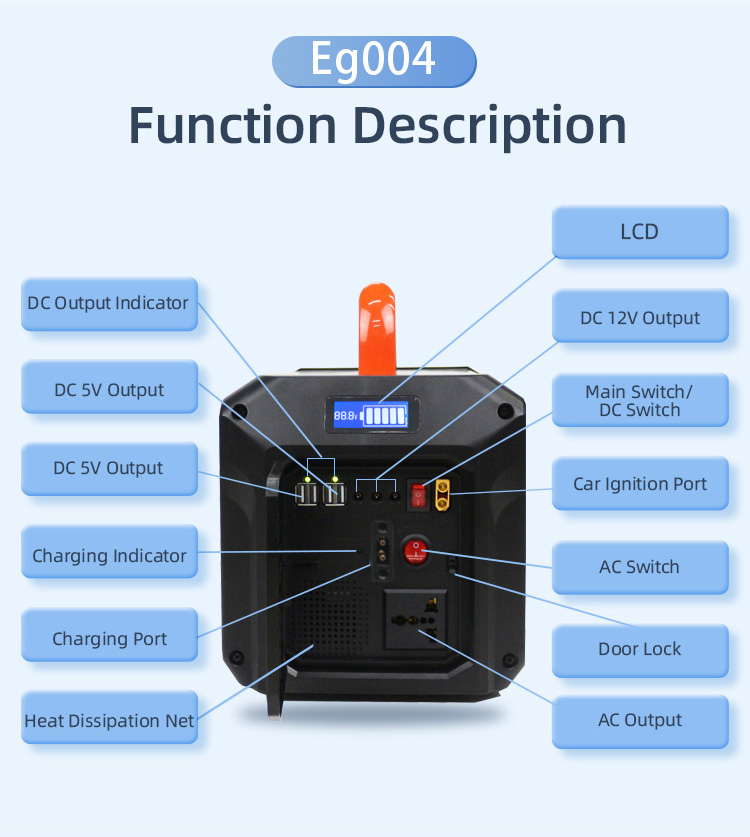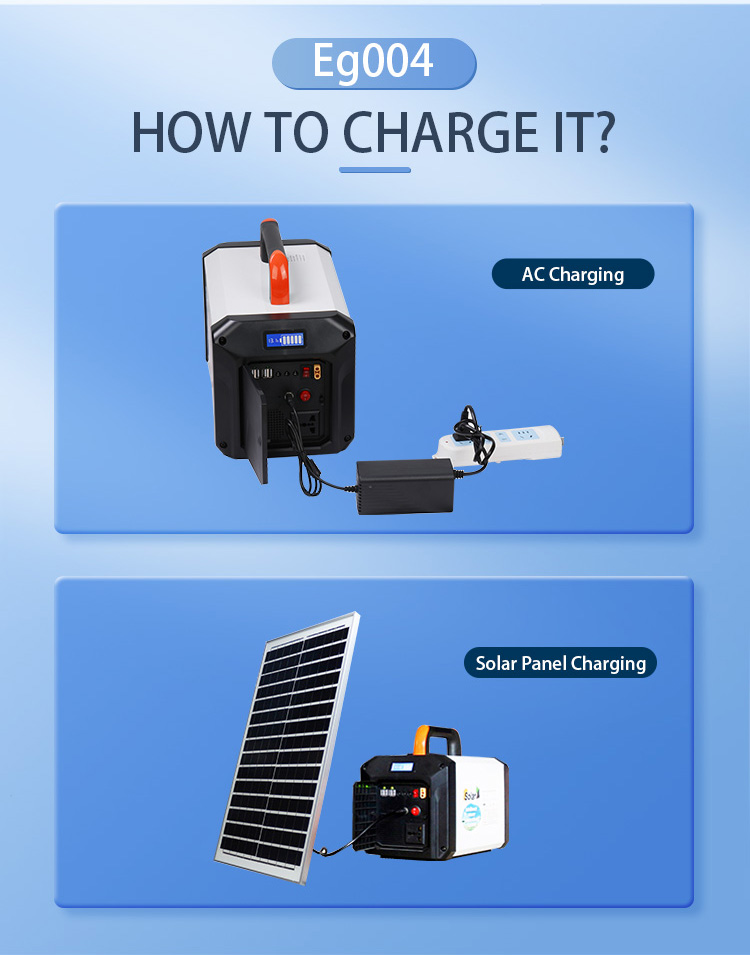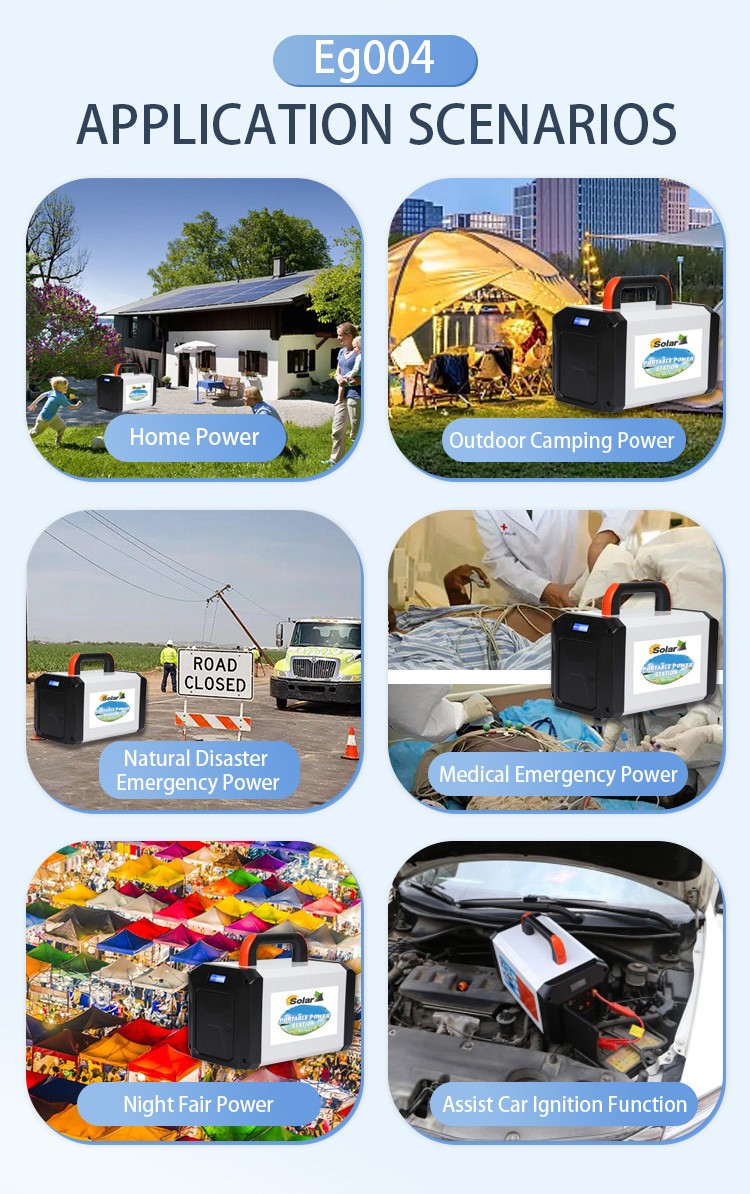Selection and matching of solar panels
Power matching: Choose a solar panel with appropriate power according to the capacity and charging requirements of the portable power station. Generally speaking, the greater the power of the solar panel, the faster the charging speed, but portability and cost should also be considered. If the power of the solar panel is too small, the charging time will be too long, affecting the user experience; if the power is too large, it may exceed the charging capacity of the power station and damage the device. For example, for a 1000Wh portable power station, it is more appropriate to match it with a 200W-300W solar panel.
Voltage matching: The output voltage of the solar panel must match the charging input voltage of the portable power station. The charging voltage of most portable power stations is between 12V-24V. Common solar panel output voltages are 18V, 24V, etc. When choosing, make sure that the two are consistent, otherwise it will not charge normally or may damage the device.
Charging environment and conditions
Light conditions: Solar panels need to be in sufficient sunlight to charge effectively. Try to place solar panels in direct sunlight and without obstructions. Avoid charging in the shade of trees, buildings or cloudy weather, as insufficient light will reduce charging efficiency. If used outdoors, adjust the angle of the solar panel in time according to the position of the sun to obtain the best lighting effect.
·Temperature effect: Temperature has a certain effect on the charging efficiency of the solar panel. In a high temperature environment, the output power of the solar panel may decrease, and it will also affect the charging performance and life of the portable power station. Therefore, in hot weather, try to avoid long-term exposure of the solar panel to high temperature environments. You can choose to charge in the morning or evening when the temperature is relatively low. In a low temperature environment, although the output power of the solar panel does not change much, the charging efficiency of the portable power station may decrease. At this time, pay attention to appropriate warming measures for the power station.
·Connection and use of charging equipment
·Connection method: Ensure that the connection between the solar panel and the portable power station is firm and reliable. Use appropriate connecting wires and connectors to avoid poor contact, so as not to cause charging interruption or low charging efficiency. When connecting, connect according to the correct polarity, and the positive and negative poles cannot be connected in reverse, otherwise the device may be damaged.
·Charging safety: During the charging process, pay attention to the working status of the portable power station and solar panels. If the power station is found to have abnormal conditions such as overheating, odor, smoking, or the solar panel is damaged or short-circuited, stop charging immediately and take corresponding measures. At the same time, do not cover the solar panel or portable power station during charging to avoid affecting heat dissipation and causing safety hazards.
·Charging time: Although solar charging is an environmentally friendly and convenient charging method, the charging time is relatively long. According to the remaining power of the portable power station and the actual use needs, the charging time should be reasonably arranged to avoid affecting the normal use of the equipment due to insufficient charging time. In addition, do not overcharge. When the energy storage power is full, disconnect the solar panel in time to avoid damage to the battery.



